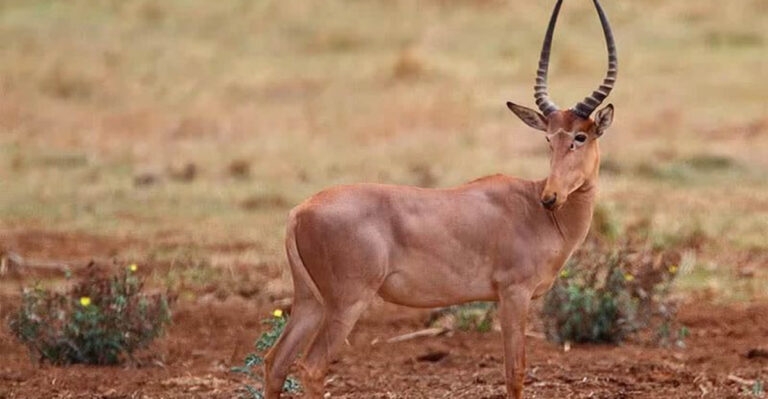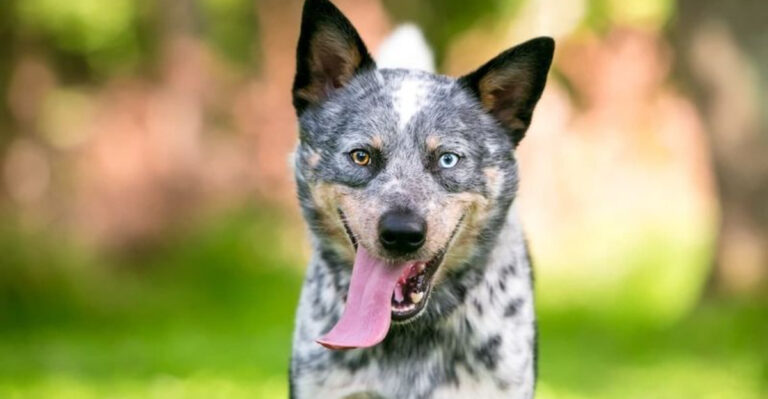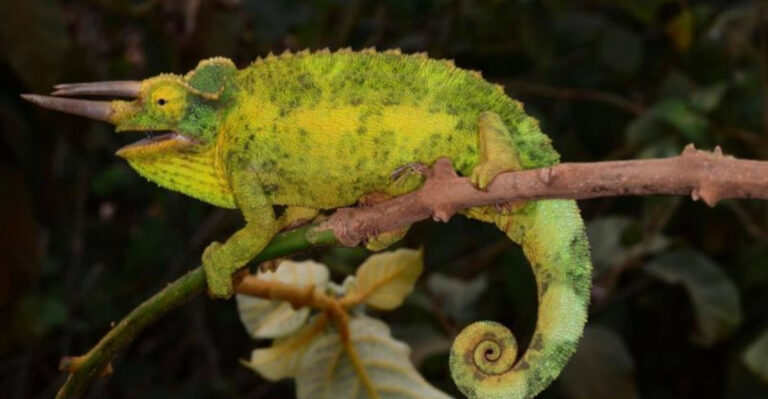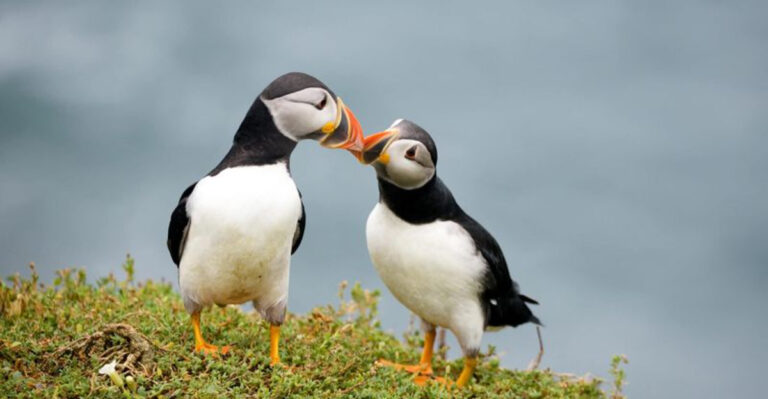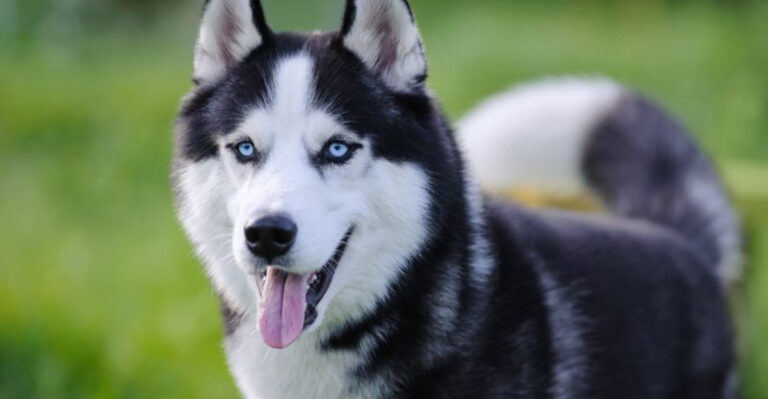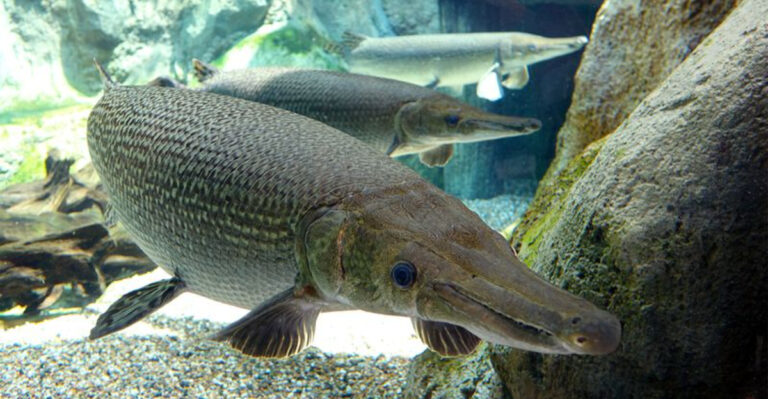13 Scents That Attract Coyotes To Your Yard
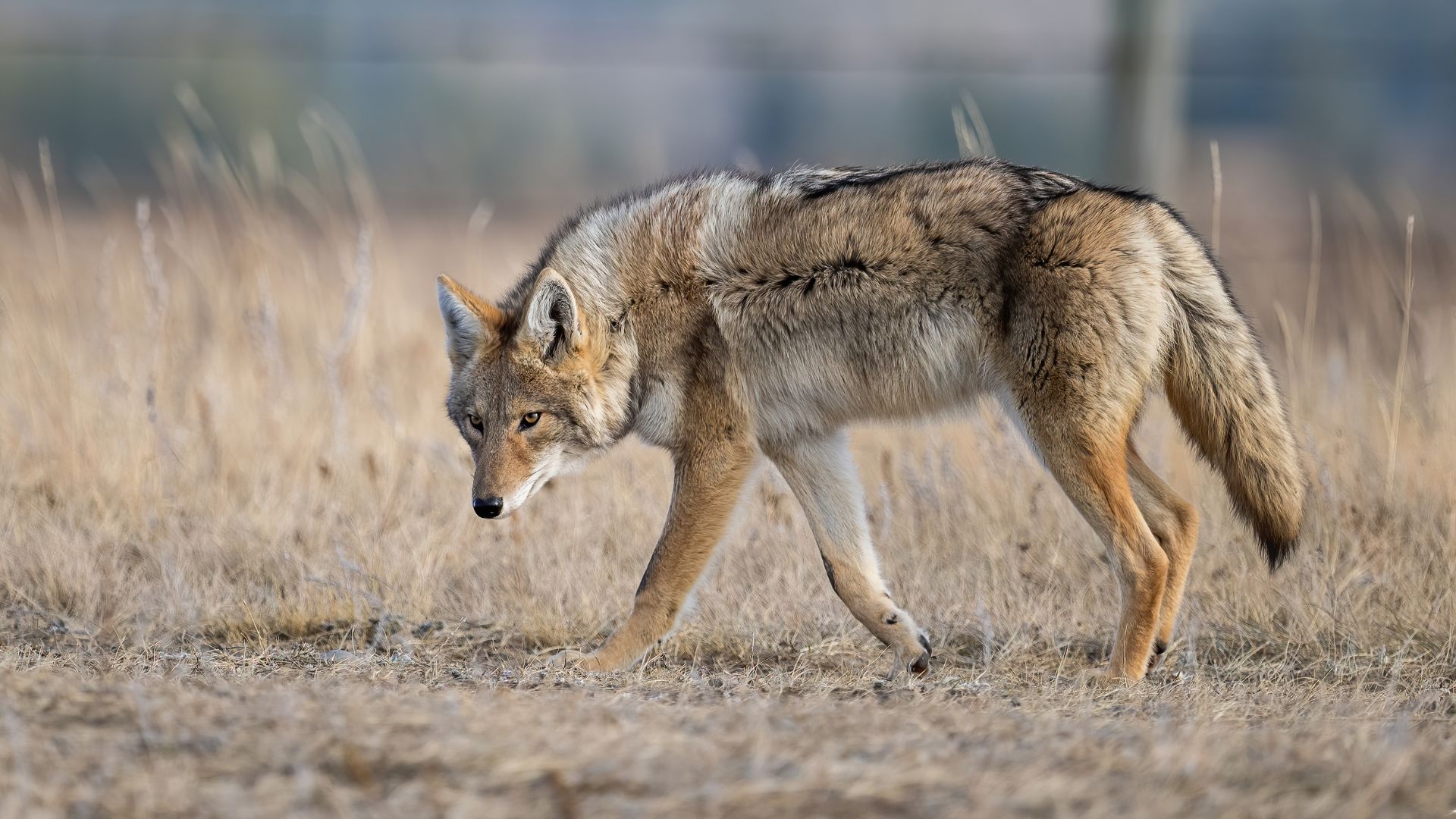
Coyotes are opportunistic animals, often drawn to areas where food, shelter, and other animals are abundant. If you’re noticing an increase in coyote activity around your yard, it could be because of certain scents that attract them.
From food scraps to the scent of small mammals, these clever creatures rely heavily on their sense of smell to find potential meals or new territory. Understanding what attracts them is the first step toward ensuring your yard remains coyote-free.
1. Food Scraps
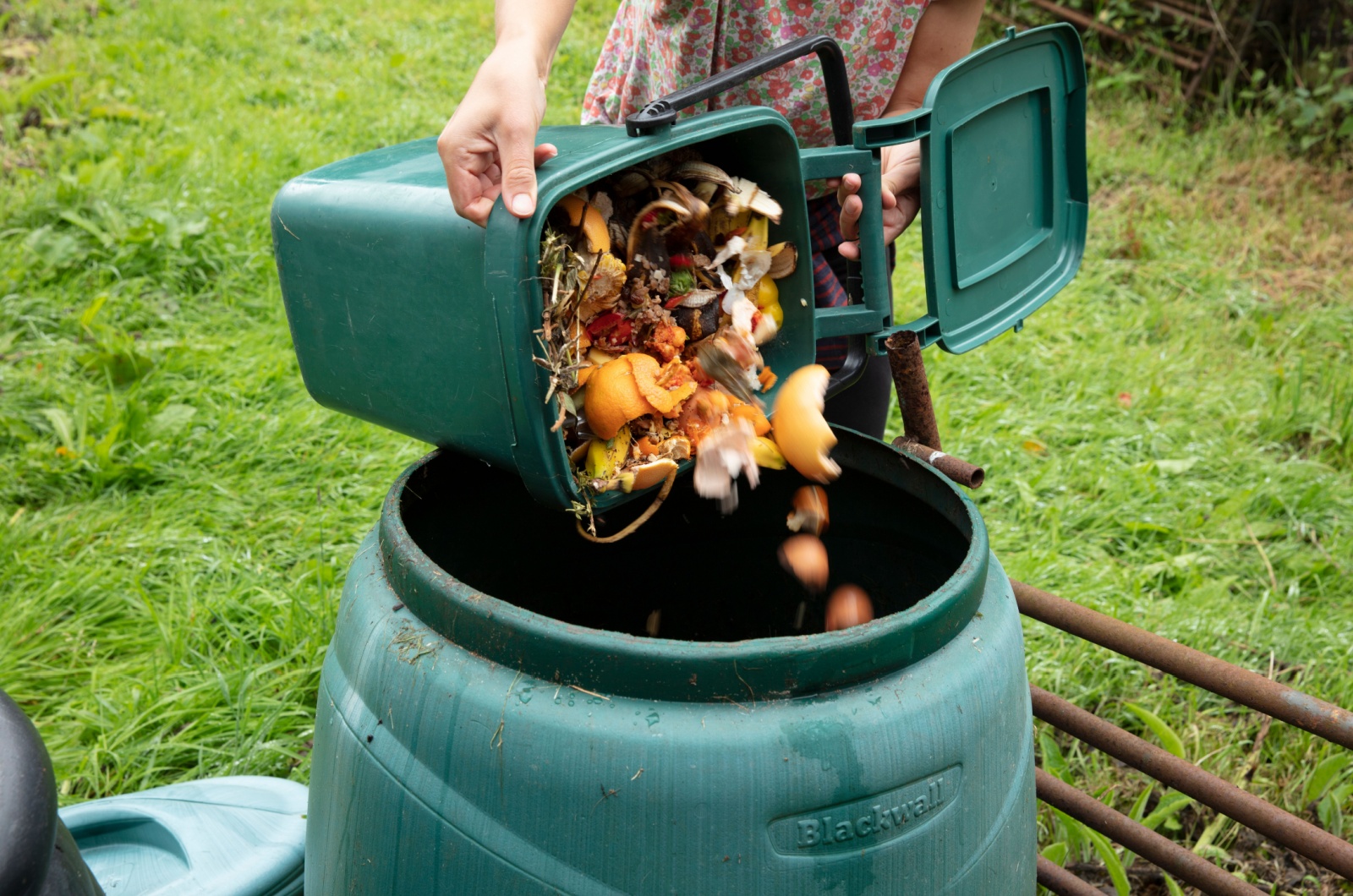
Coyotes have an exceptional sense of smell, which they use to their advantage when hunting or scavenging for food. Even the smallest scraps of food can be an irresistible draw to these resourceful animals.
If you leave behind bits of meat, fruit, or vegetables in your trash cans or compost bins, coyotes are quick to catch wind of it. They are opportunistic feeders and will take any chance they can to find an easy meal.
The smell of leftover food, especially items that are rich in protein like meat or even rotting fruits, can linger in the air for miles, attracting coyotes from far away.
If your trash cans are not securely sealed or your compost pile is open, you could unknowingly be providing a free buffet for local wildlife.
This is why it’s essential to regularly check and secure your trash and compost, particularly if you’re in an area known for coyote activity.
By being mindful of the smells emanating from your property, you can reduce the likelihood of coyotes getting too close and turning your yard into their dinner stop.
2. Pet Food
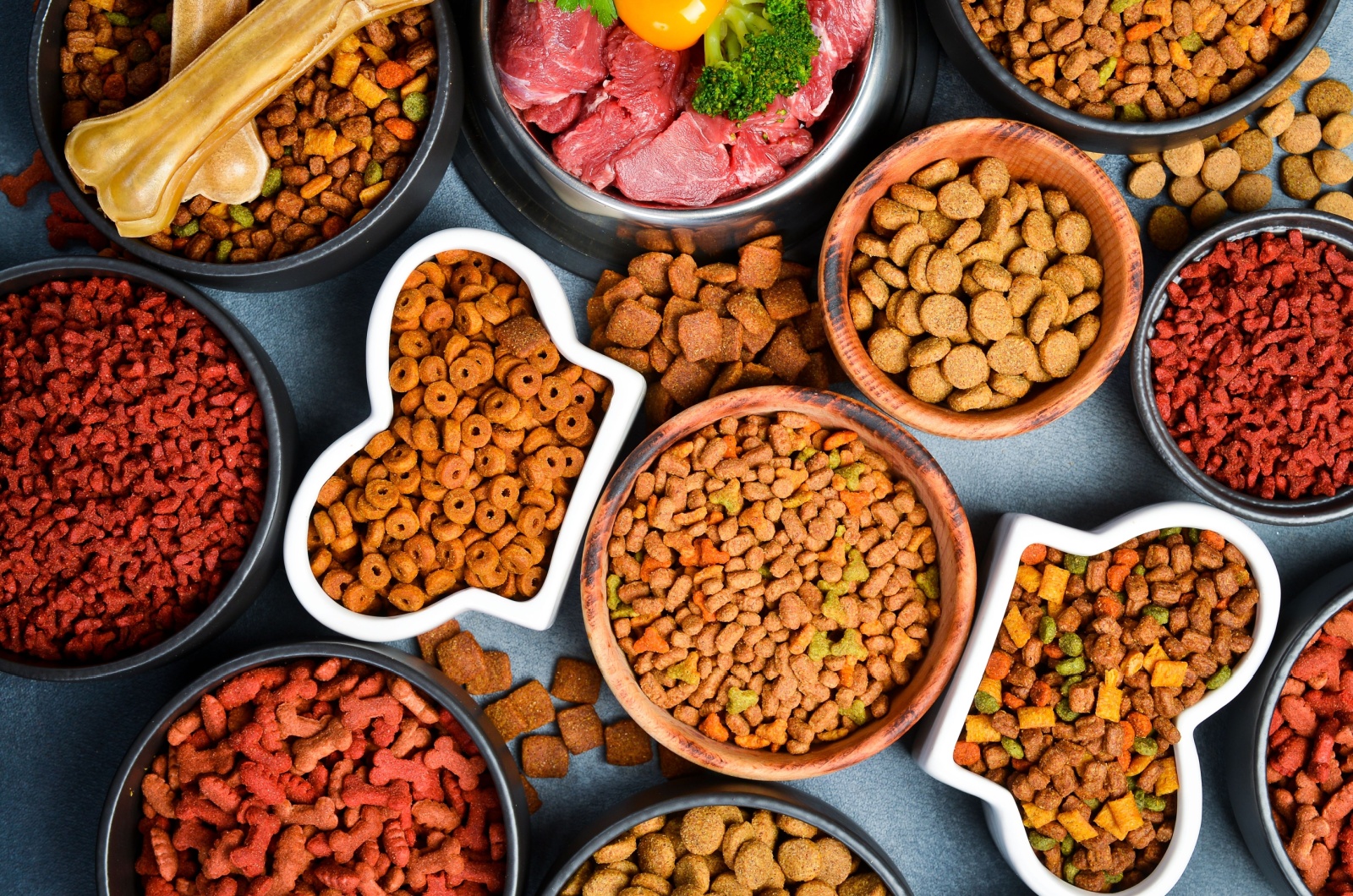
Another major draw for coyotes is pet food. This might seem like an obvious one, but many pet owners don’t realize just how tempting a bowl of leftover kibble or wet food can be.
Coyotes, like many animals, are attracted to easy food sources, and pet food is a perfect, accessible meal. If you leave pet food outside, especially overnight, it’s like sending out an invitation to coyotes.
The strong scent of dog food, in particular, can be detected from a great distance, and it’s an open invitation for these curious and opportunistic animals to wander into your yard.
The more potent the smell, the more likely it is that they’ll stop by to investigate. To avoid drawing coyotes into your space, it’s best to bring your pet’s food inside once mealtime is over.
Even if your pet doesn’t finish their meal, the scent can still linger long after they’ve walked away. A quick and simple way to avoid this issue is by keeping pet bowls indoors, especially during the evening hours, when coyotes are most active.
3. Garbage
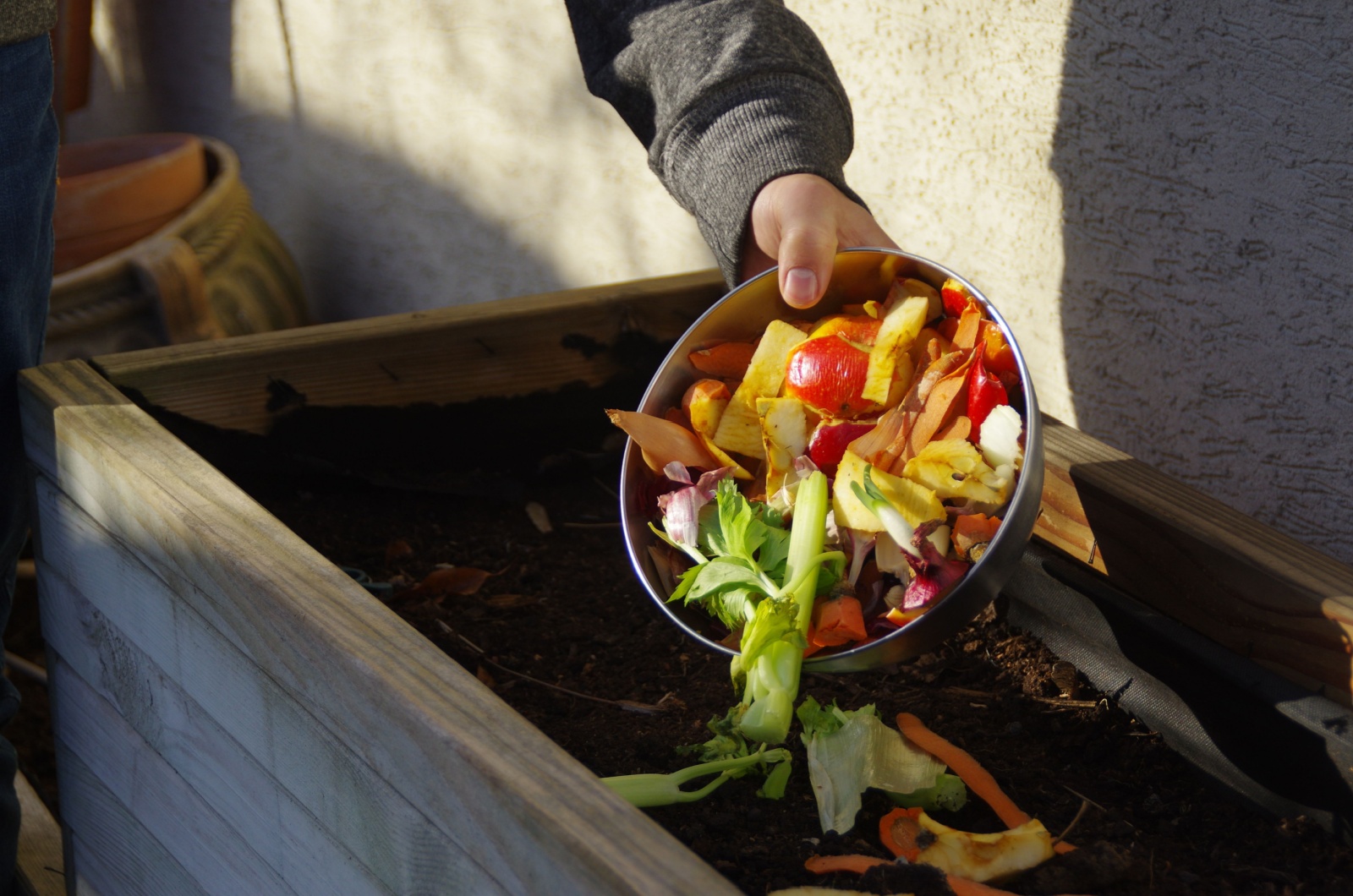
Trash is a major attractant for coyotes, especially if it contains food scraps or anything that gives off a strong smell.
Coyotes are natural scavengers, and garbage bags are a goldmine of easy-to-access food. It’s not just the obvious food scraps like chicken bones or old fruit that draw them in – any item that has been in contact with food can become a magnet for coyotes.
This includes greasy takeout containers, plastic wrappers, and even the leftover oils from a cooking session. If your trash isn’t properly sealed or stored in animal-proof bins, coyotes can easily rip through bags to get at the tasty remnants inside.
They’re known to be persistent and resourceful, and once they’ve found a reliable food source, they’re likely to return. To prevent attracting coyotes, make sure your garbage is stored in sturdy, lidded bins that are kept tightly shut.
If you can, take your trash out in the morning before the animals become active in the evening. Keeping your garbage secure will not only keep coyotes away, but it will also discourage other wildlife from rummaging through your yard.
4. Deer Scent
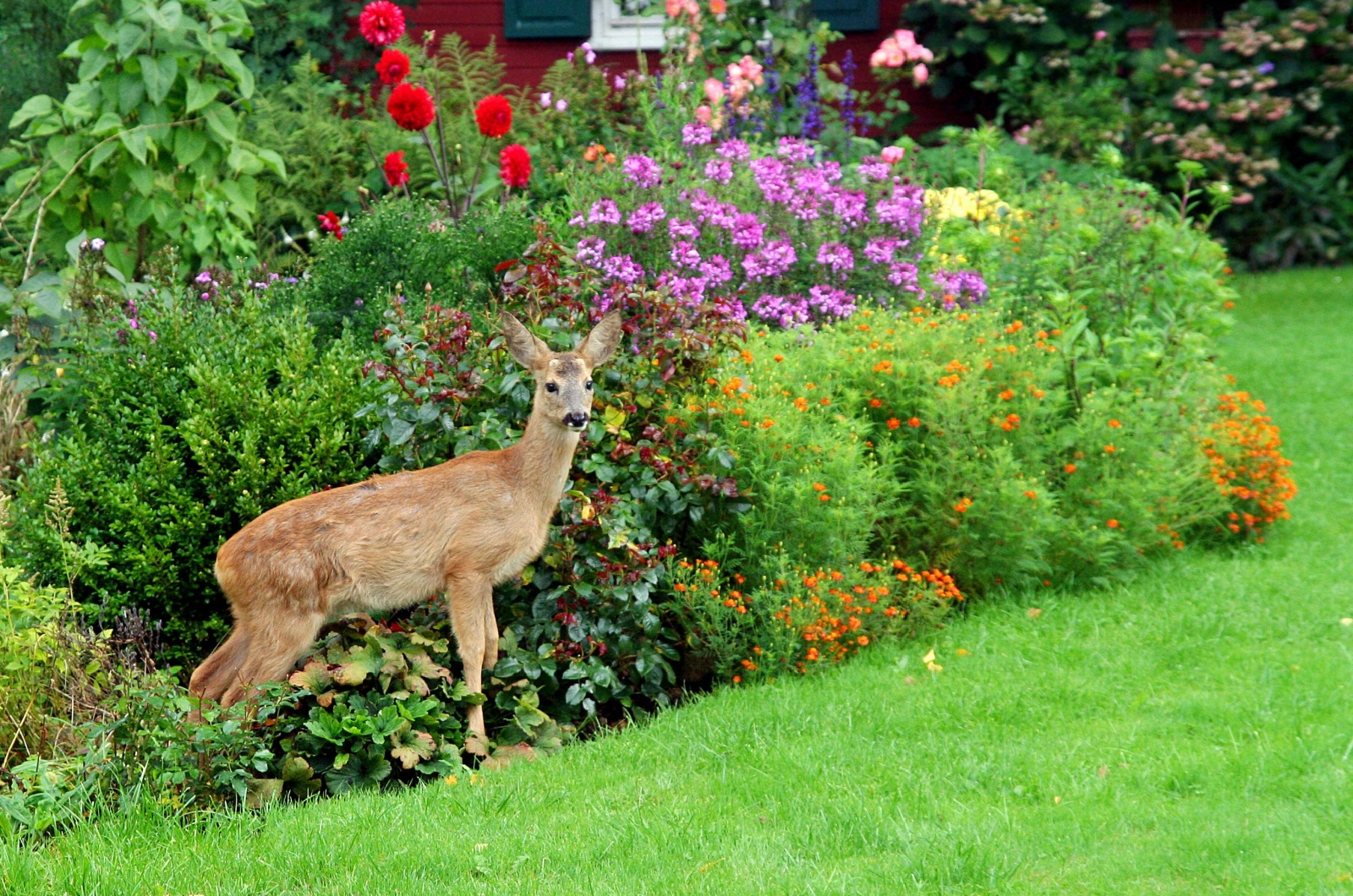
If you live in an area with deer populations, the scent of deer urine can attract coyotes. This scent is often used by hunters as a lure, but to a coyote, it signals the presence of potential prey.
Coyotes are carnivores and have an instinct to hunt, and they are particularly drawn to the smells associated with animals they can prey upon, like deer.
The scent of deer urine triggers a sense of curiosity and perhaps even a hunting instinct in coyotes, prompting them to investigate further.
This is why many outdoor enthusiasts and hunters are aware of how potent the scent of deer urine can be in attracting predators like coyotes.
If you have a garden or property that’s in proximity to deer habitats, the smell of deer can linger on your yard or even on your pet’s scent trail, making your area more appealing to coyotes.
While you may not be intentionally using deer scent to attract coyotes, it’s good to know that these animals are always on the lookout for signs of possible prey.
By keeping your yard free of anything that could mimic these scents, like using deer repellents or cleaning up any lingering smells, you can discourage coyotes from stopping by.
5. Other Animal Scents
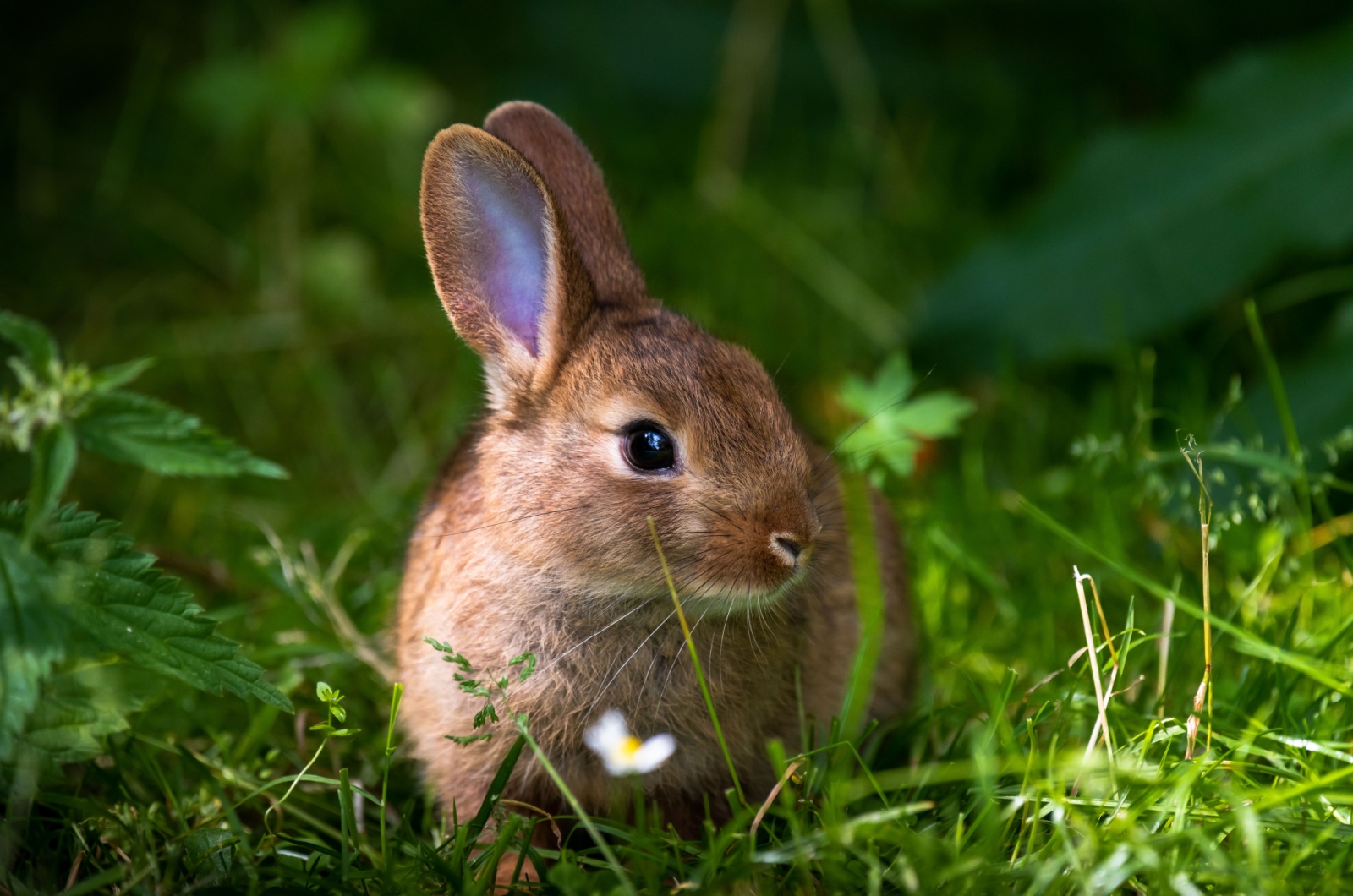
Coyotes are naturally drawn to the scent of other animals, both wild and domestic. For example, the smell of smaller mammals, such as squirrels, rabbits, or raccoons, can trigger a coyote’s predatory instincts.
If you have wild animals living nearby or in your yard, their scent can act like a beacon to coyotes. In addition to wild animals, even the scent of your household pets can attract coyotes.
If you have outdoor pets like rabbits, guinea pigs, or even outdoor cats, the scent of these animals can pique the interest of coyotes. Coyotes are known to be particularly curious, and they’ll investigate any unusual or unfamiliar smells.
The presence of another animal’s scent can make them think that there’s potential prey nearby, and they’ll be more likely to come closer to your yard to investigate.
To avoid attracting coyotes, make sure that any outdoor pets are kept in secure enclosures that coyotes can’t access.
Additionally, regularly cleaning up any areas where wild animals might leave scent trails – like under bushes or in gardens – can help minimize the chances of drawing a coyote into your yard.
6. Human Scent

Though not as potent as food-related smells, human scent can also be a draw for coyotes. These animals are naturally curious and are often intrigued by areas where humans have been.
While coyotes typically avoid direct contact with humans, they are attracted to places where food is involved or where they can sense human activity.
The scent of human sweat, lotions, perfumes, or even discarded clothing can pique their curiosity, especially if it’s associated with food smells or areas where food is stored.
Coyotes are highly intelligent and opportunistic, and they may approach areas where humans have recently been, looking for clues to a potential food source or just investigating out of curiosity.
While you can’t always avoid leaving human scent behind, you can minimize its impact by keeping food storage areas or trash cans sealed tightly and cleaning any surfaces where food has been prepared.
Coyotes are much more likely to be attracted to areas where food or other animals are present, but understanding how even your scent can play a role in their movements will help you be proactive in discouraging them.
7. BBQ Grills Or Smoked Meats
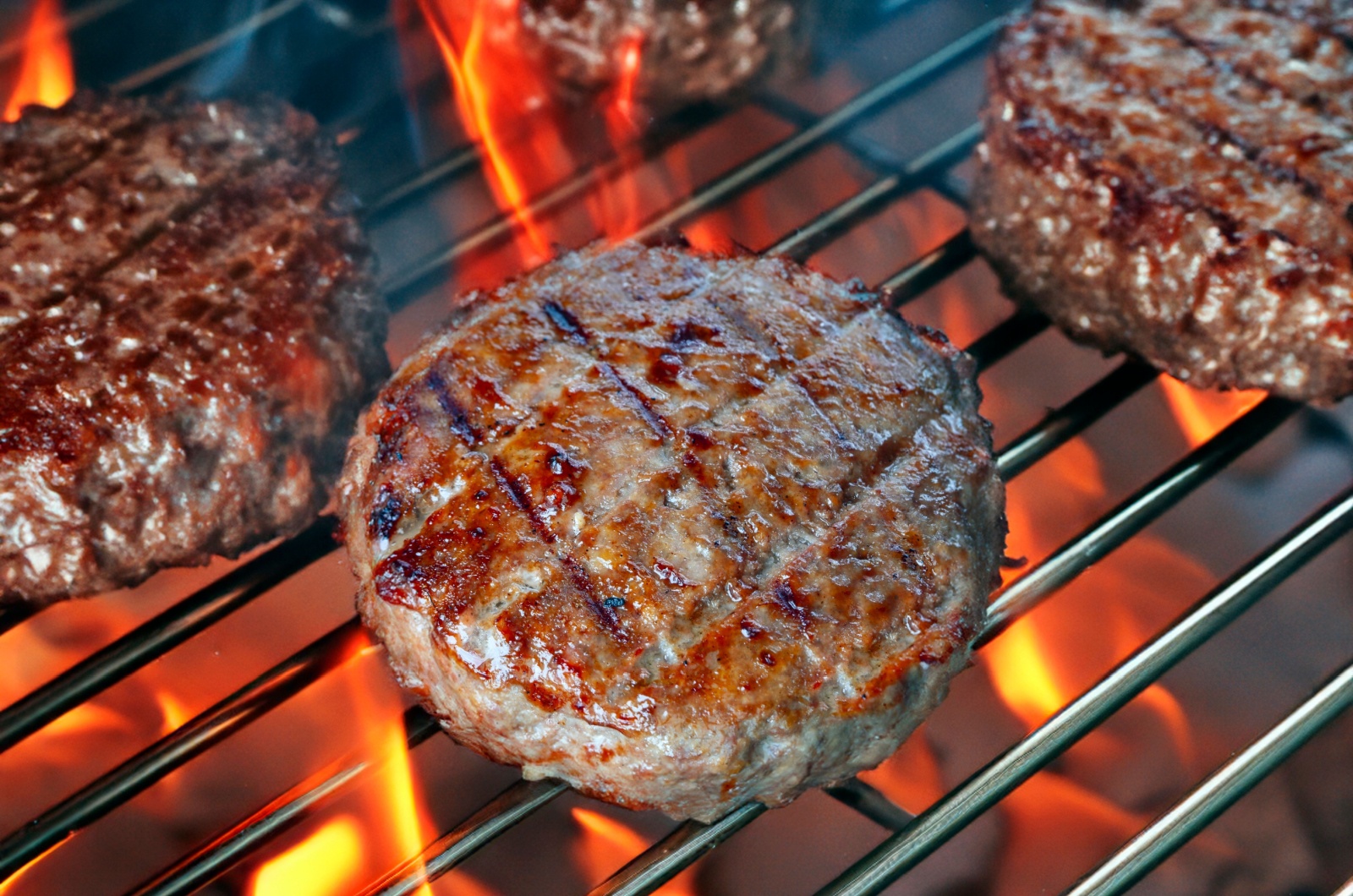
If you’re a fan of grilling outdoors, you may unknowingly be inviting coyotes to your yard with the tantalizing scent of grilled meats, particularly fatty cuts like steak or ribs.
Coyotes have an incredible sense of smell, and the aroma of sizzling food is nearly irresistible to them.
The fatty, savory scent of barbecued meat can carry for miles, and when a coyote catches wind of it, it will often be too tempting to ignore.
These animals are opportunistic feeders, and if they associate your yard with the smell of food, they may return again and again.
To prevent coyotes from sniffing out your grilling sessions, be sure to clean your BBQ grill thoroughly after each use. Leftover food particles or grease from cooking can remain in the grill, attracting coyotes even when the food is long gone.
Additionally, covering your grill when it’s not in use is a good way to eliminate any lingering smells. You might also want to store any leftover food inside, as the scent of even partially eaten grilled meat can easily lead coyotes to your yard.
8. Bird Seed
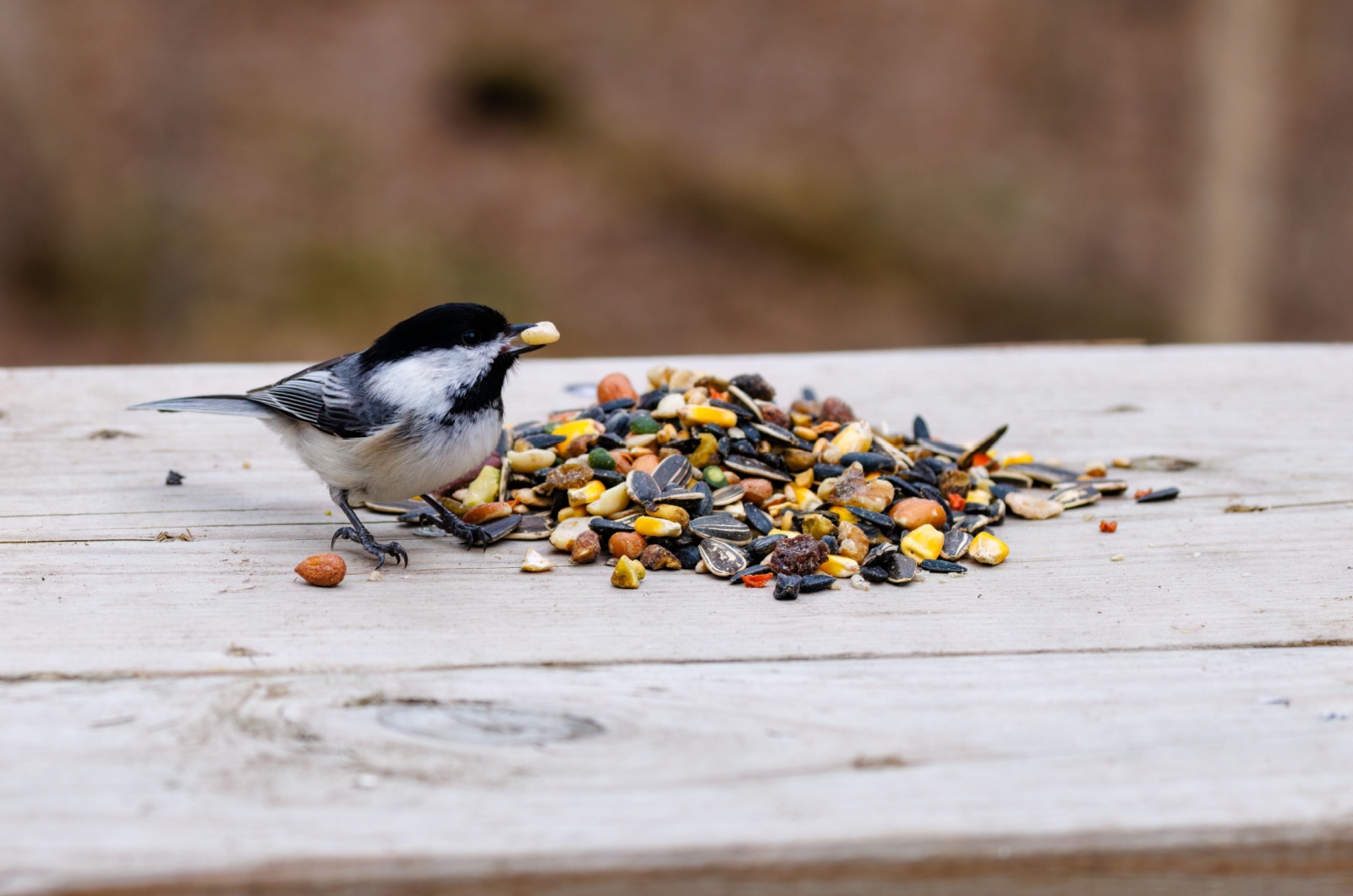
Bird seed is another unexpected scent that can attract coyotes to your yard. While you might set out bird feeders to attract local birds, the seed can also attract rodents like mice and squirrels, which, in turn, draw in larger predators like coyotes.
During colder months, when food is harder to find, coyotes are more likely to investigate any potential food sources, including bird seed.
The scent of seeds, especially mixed seeds or those containing sunflower, millet, or cracked corn, can spread to the ground, attracting not only birds but also the rodents who feed on them.
Once rodents begin to frequent your yard, they may act as a magnet for coyotes, which are naturally inclined to hunt for easy prey.
If you want to avoid attracting coyotes, try to place bird feeders in areas that are difficult for rodents to access or keep them elevated.
Additionally, it’s a good idea to regularly clean up any spilled seeds or debris from around your yard to avoid drawing unwanted attention.
9. Feces
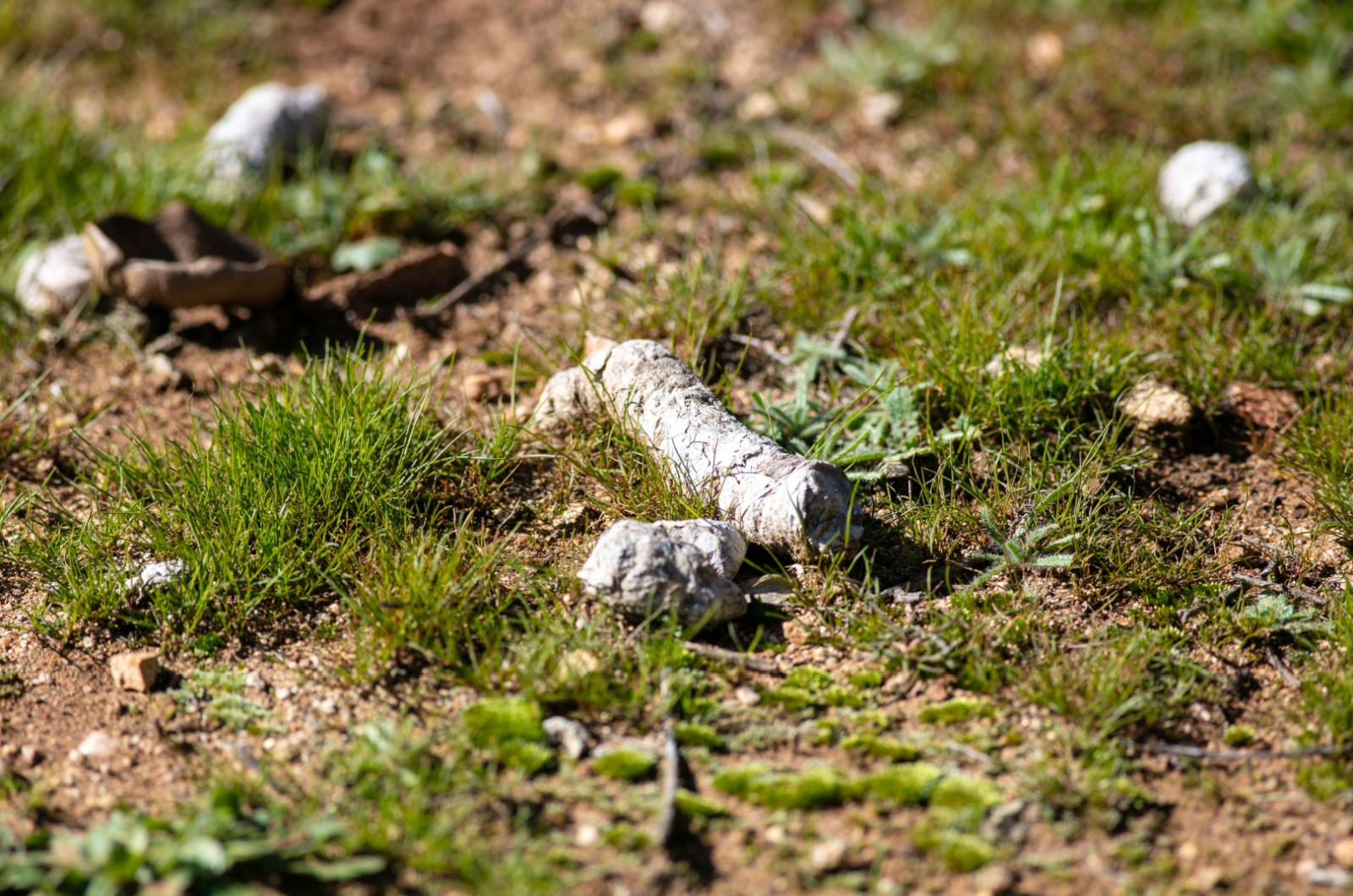
Coyotes use feces to mark their territory and communicate with other coyotes, so the smell of feces can attract them to your yard.
This is especially true if you have other animals in the area, as the scent of their waste can signal to coyotes that the area is already inhabited by potential prey or other creatures.
The scent of your own pets’ feces can also draw coyotes to investigate. They are drawn to these smells as they offer clues about the presence of other animals. It’s important to pick up after your pets regularly to eliminate any possible attractants.
Additionally, if coyotes have already made a home in your neighborhood, their own feces can serve as a territorial marker, inviting other coyotes to join them or investigate the area.
10. Compost Piles
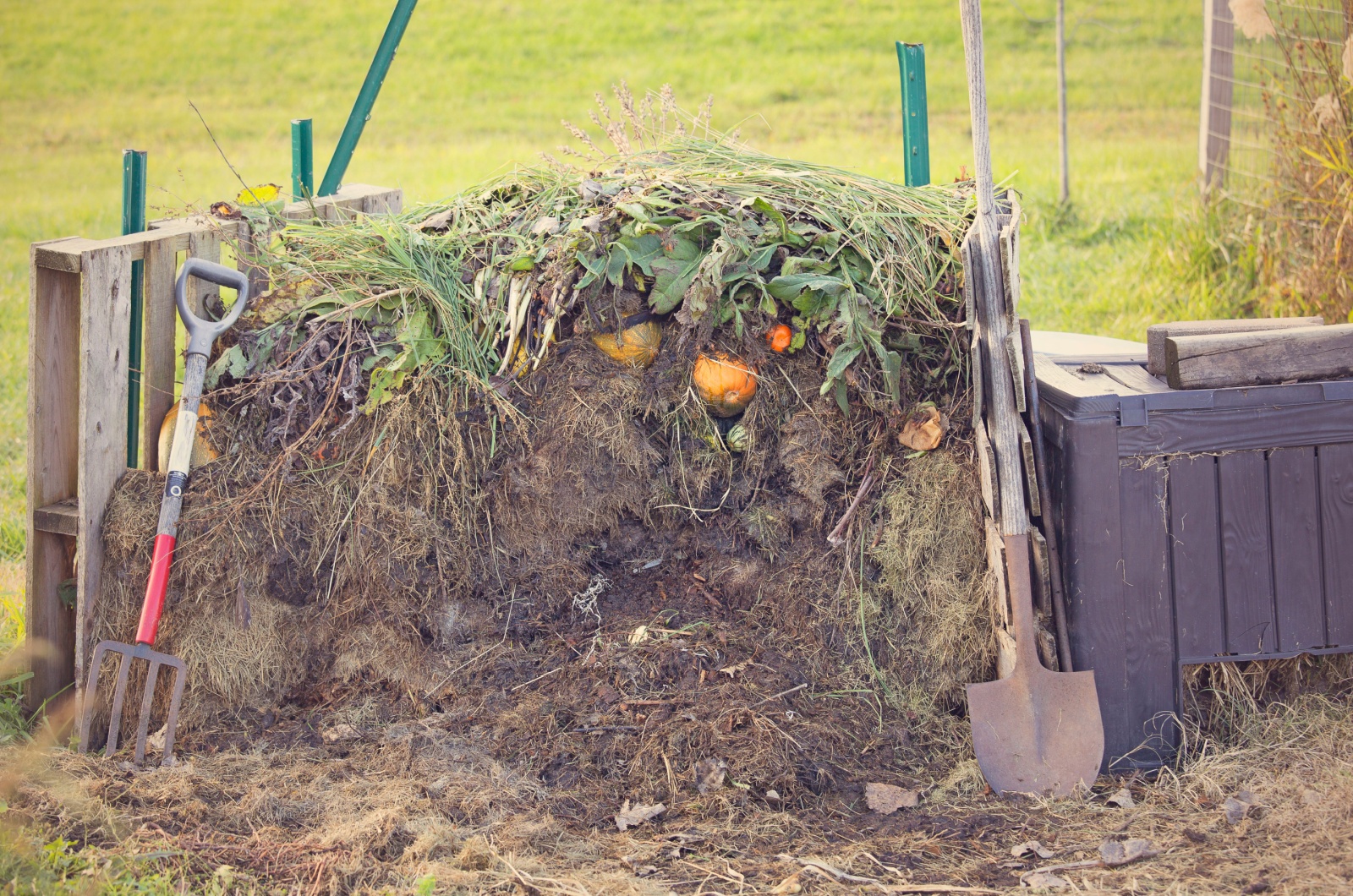
Compost piles, especially those containing food scraps, produce strong odors that can attract coyotes.
Even if the compost is primarily plant-based, the smell of decomposing organic matter can be enticing to these opportunistic animals.
To prevent this, use enclosed compost bins and avoid adding meat or dairy products to your compost.
11. Fruit And Berries
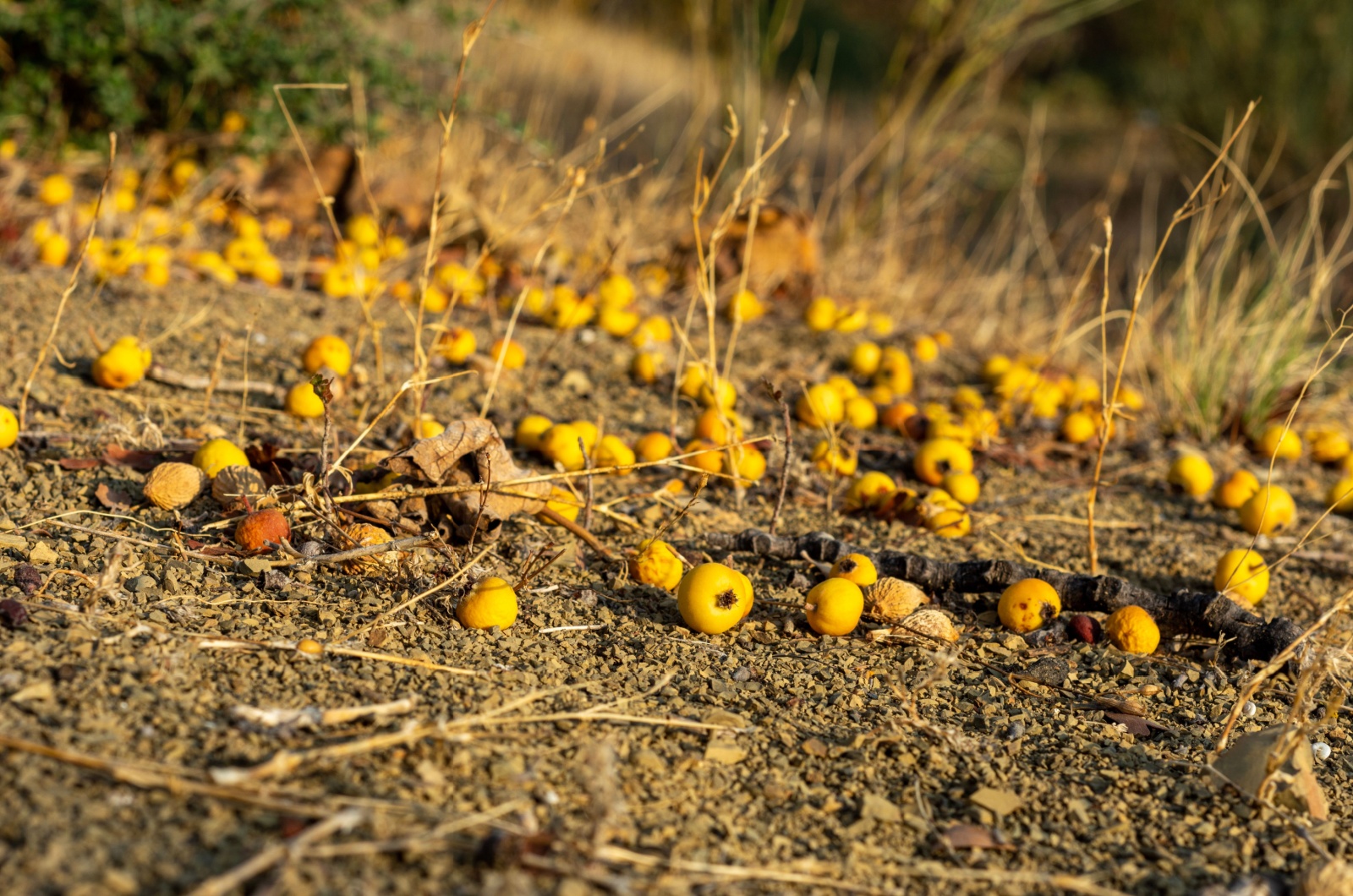
Fallen fruit and berries from trees or bushes can be a significant attractant for coyotes. They are not strictly carnivorous and will eat fruits like apples, plums, and berries when available.
To reduce the risk, regularly clean up fallen fruit and consider fencing off fruit-bearing plants.
12. Scent Of Small Animals
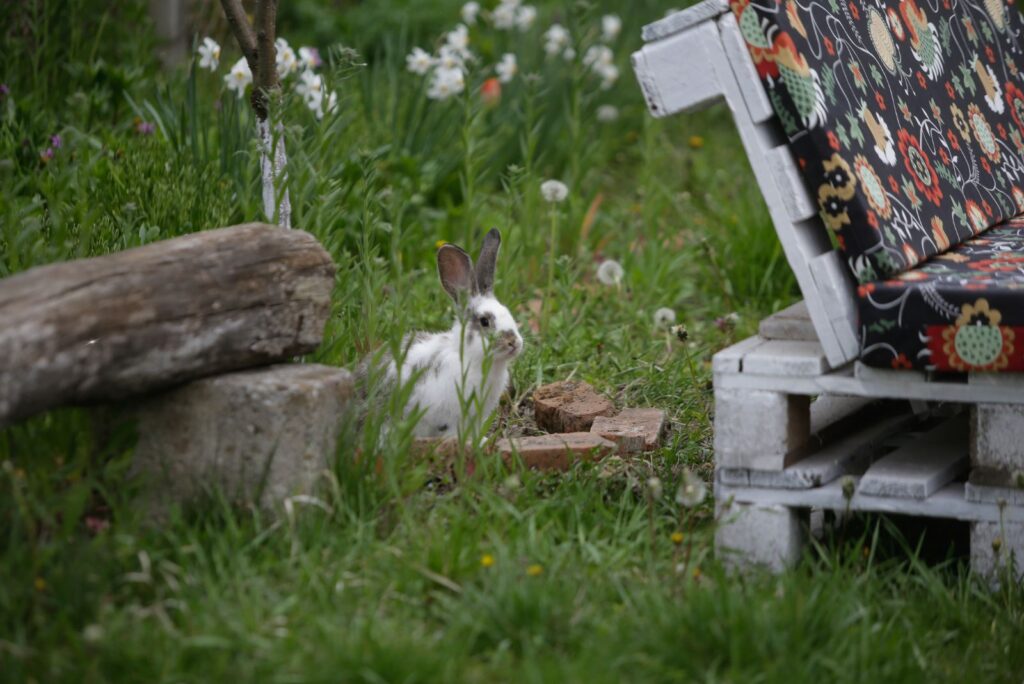
The scent of small mammals like rabbits, squirrels, and rodents is highly appealing to coyotes. As natural predators, coyotes are always on the lookout for potential prey, and the smell of these small animals often signals an opportunity for an easy meal.
If you have a lot of wildlife activity in your yard, especially around dusk and dawn when coyotes are most active, the scent of these creatures can attract them to your property. Rodents, in particular, can create scent trails that coyotes are quick to follow.
To deter coyotes, it’s a good idea to minimize the presence of small animals by securing any burrows or nests and keeping the area around your yard clear of places where these animals may hide or breed.
13. Wet Dog Scent
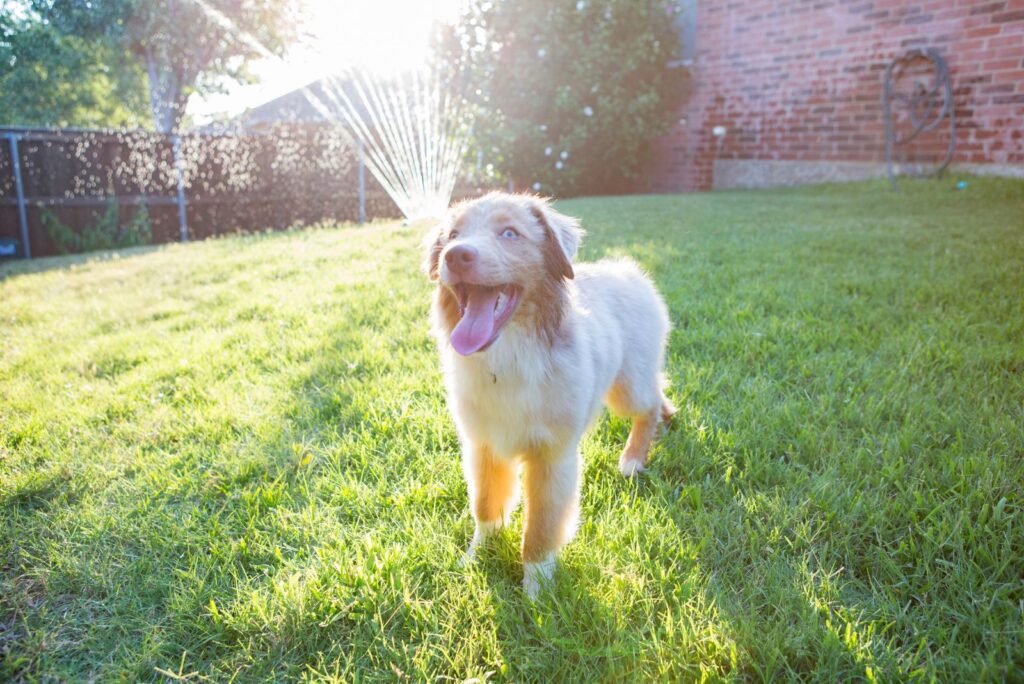
Believe it or not, the scent of a wet dog can attract coyotes to your yard. This is because coyotes, much like other canines, have a strong olfactory sense and can detect the odor of other dogs from a distance.
If your dog gets wet, whether from a bath, a rainy day, or a swim, the scent can linger in the yard and become an inviting marker for a coyote to explore. In some cases, coyotes may even be curious about the presence of another dog in their territory.
To prevent coyotes from being attracted by your pet’s scent, it’s important to make sure your dog’s bathing area is cleaned thoroughly, and to keep your dog inside or supervised when outside, especially after they get wet.

